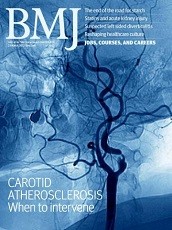Mina Gasser Battagin

Extract
Can Christians accept martyrdom on the one hand and reject euthanasia on the other? What makes one form of killing acceptable, the other reprehensible? What judgements are to be made, for example, if, during childbirth, a choice must be made between saving the life of the child or the life of the mother? How do we decide whose life is more important and, therefore, whose life must be saved? Who has the most to lose or the most to gain? What is fair? And who makes that decision?
Battagin MG. Giving death a helping hand. Can Med Assoc J. 1991;144(3):358-359.


